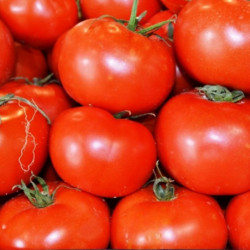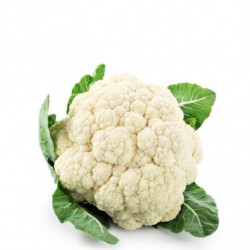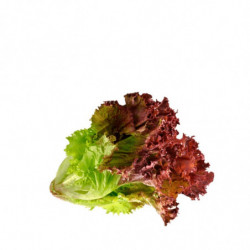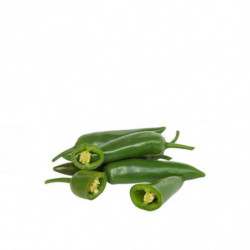Explore the Versatility of Radish
Radish, also known as white radish, is a cruciferous plant cultivated for its edible root. It looks similar to radish, although it is smaller in size and has a milder, sweeter taste.
Composition and Nutrients: Radish is rich in vitamin C, dietary fiber, folate, potassium, and other essential nutrients. It also contains antioxidant and anti-inflammatory compounds that may help prevent chronic diseases.
Origin and Cultivation Areas: Radish originates from Europe and Asia and is cultivated in many parts of the world, including North America, South America, Europe, Asia, and Africa.
History and Culinary Uses: Radish has been used in European cuisine since ancient times and is a common ingredient in salads and sandwiches. It can also be eaten raw as a snack or garnish and is used in the preparation of traditional dishes such as French pot-au-feu and Korean kimchi.
Therapeutic Properties: Radish is believed to have anti-inflammatory and antioxidant properties that may help prevent chronic diseases such as cancer and diabetes. It has also been used in traditional medicine to treat digestive and respiratory disorders.
Signature Dish: Radish is commonly used in salads and sandwiches, although it is also a key ingredient in the traditional French dish Pot-au-Feu.
Curiosities: In some countries, such as Mexico, radish is eaten with salt and lemon as a snack. Additionally, it is used as an ingredient in the production of some alcoholic beverages, such as Japanese sake.























